Review
Nissan was a leader in the electric van segment, just a few years ago, with its versatile and cost-effective eNV200 offering fleets a unique proposition.
As other brands developed their own electric vans, with greater capability and technology, Nissan’s ageing NV200 model was retired.
With the all-new Townstar, Nissan is seeking to regain some market share in the compact electric van space.
Unlike the NV200, which shared its powertrain and platform with the Nissan Leaf, the Townstar is a Renault-Nissan Alliance product. That means it shares pretty much everything with the new Renault Kangoo and Mercedes Citan.
It’s good news for Nissan. The Kangoo is an excellent small van and is both practical and cheap to run. Read our Renault Kangoo review to find out more.
Nissan offers the Townstar with two powertrains, two body lengths and four trim levels. There’s also a crew van.
Buyers can choose between a 1.3-litre turbocharged (TCe) petrol engine and a fully electric powertrain. The crew van is only offered with the latter.
The petrol engine develops 130PS and should return around 42mpg. It’s paired with a six-speed manual gearbox.
Electric versions produce 121PS and utilise a 45kWh battery, giving a range of 183 miles (WLTP).
Load space is identical with either powertrain. The L1 version offers 3.3 cubic metres of space, the L2 version offers 4.3 cubic metres of space and the crew van has 2.1 cubic metres.
Payloads do vary between powertrains. The petrol-powered Townstar can carry more weight than the electric version. L1 variants can carry 689Kg and L2 variants can carry 770Kg. That drops to 500Kg (L1) and 702Kg (L2).
There’s very little aesthetic difference between the Townstar and its Alliance stablemates. Nissan has re-designed the van’s front end with a new grille and different headlights, otherwise its just a re-badged Kangoo. The Citan is the only model of the three to receive a different interior.
Four trim levels are offered: Visia, Acenta, Tekna and Tekna +. The entry-level Visia grade comes with air conditioning, LED headlights and a height adjustable driver’s seat.
Stepping up to Acenta adds an eight-inch infotainment touchscreen with smartphone connectivity, electric folding door mirrors, cruise control and rear parking sensors.
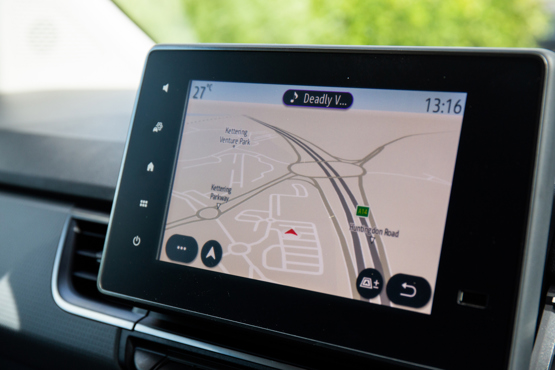
Tekna includes front and side parking sensors and a rear-view camera, body-colour bumpers and keyless entry.
The range-topping model adds a 360-degree camera system, heated steering wheel, adaptive cruise control and a digital instrument cluster.
Prices start at £20,500 (CV OTR) for the Visia L1 with a petrol engine. The Townstar EV is priced from £34,000 (ex grant).
The Townstar has practical cabin, comfortable driving position and reasonable visibility. Interior quality is high and more aligned to a passenger car than a van. There’s an array of useful storage compartments, including a storage tray between the front seats.
Two and three seat configurations are available in the panel van, while the crew van can seat five.
Base models are equipped with a simple DAB radio, while Acenta and above get a touchscreen. The system is a little dated and has a relatively low-resolution display. It does have wireless Apple Carplay and Android Auto, however, which makes it much more useable.
The Townstar drives well. Its car derived underpinnings provide a responsive steering feel, compliant handling and a comfortable ride. Refinement is high and wind and road noise only becomes noticeable at motorway speeds.
With 130PS, the petrol engine is more potent than the 100PS unit offered in the Kangoo. Electric models offer more modest performance. Acceleration is progressive, rather than instantaneous.
We found the Townstar EV capable of 3.0mi/kWh, netting a range of around 135 miles. In colder temperatures expect closer to 100 miles, while warmer days could see up to 150 miles achieved.
The van can be rapid charged from 15% to 80% in 37 minutes, at a rate of 80kW. An overnight charge on a 7kW wallbox will take seven hours.
While the Townstar might not be as revolutionary as the eNV200 once was, it’s a formidable competitor in the current van market.
Using the Kangoo as a base has enabled Nissan to implement the latest technology into its compact van, while reducing development costs. On paper the Townstar doesn’t move the game on significantly, though. The eNV200’s range and payload were marginally less than the largest Townstar EV offers, while pricing has crept upwards.
Specs
| Manufacturer | Nissan |
| Model | Townstar L1 Petrol |
| Specification | Nissan Townstar L1 Petrol 1.3 Acenta Van |
| Model Year | 2025.00 |
| Annual VED (Road tax) | £1035 |
| BIK List Price | £22,075 |
| CO2 | 155g/km |
| Insurance Group | N/A |
| CC | 1,330 |
| Fuel Type | |
| Vehicle Type | Small van |
| Luggage capacity (Seats up) | N/A |
Running Costs
| P11D | £22,075 |
| Cost per mile | 40.23ppm |
| Residual value | £8,175 |
| Insurance group | N/A |
| Fuel Type | |
| Cost per mile | 40.23ppm |
| Fuel | 13.42ppm |
| Depreciation | 23.26ppm |
| Service maintenance and repair | 3.55ppm |
Rivals
Info at a glance
-
P11D Price
£22,075
-
MPG
41.5 -
CO2 Emissions
155g/km -
Payload
N/A -
Load Volume
N/A -
Load Width
N/A -
Load Length
4,488mm



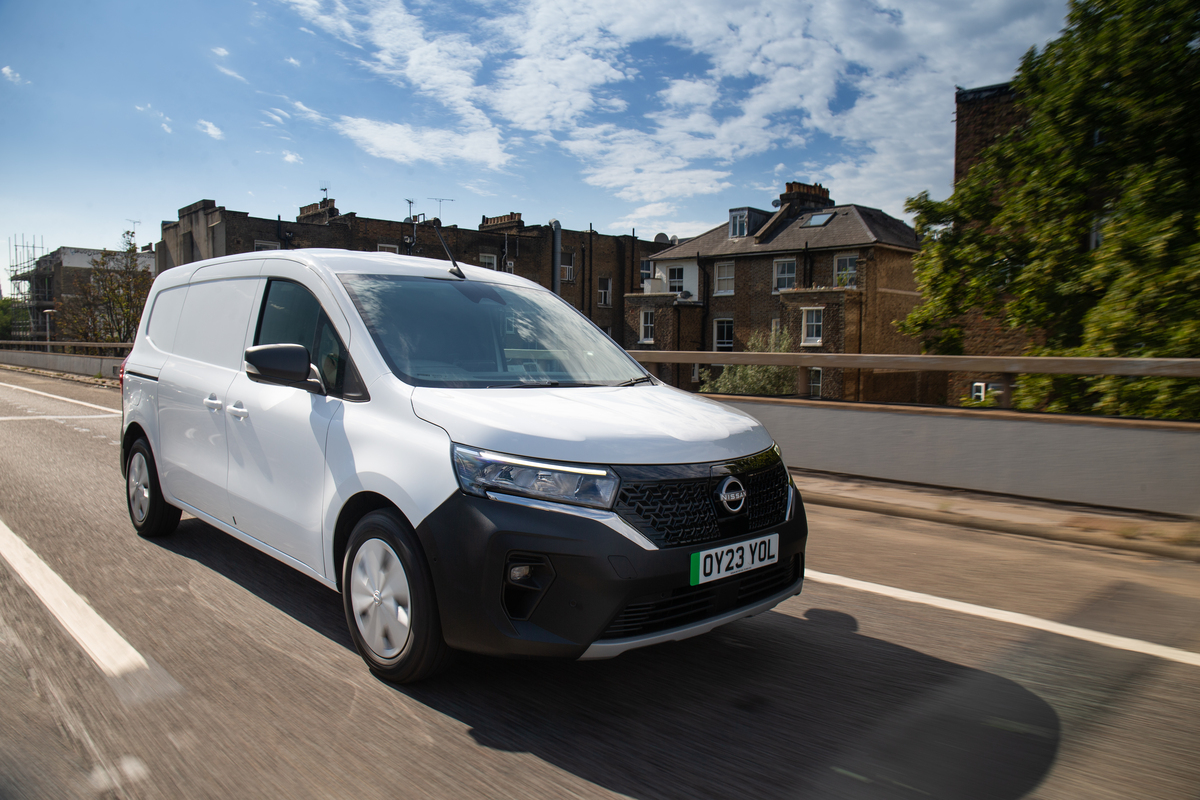
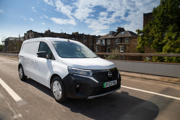
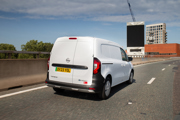


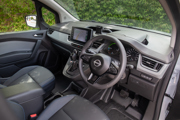
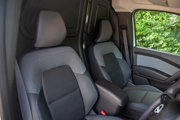
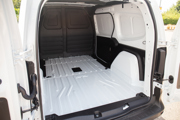


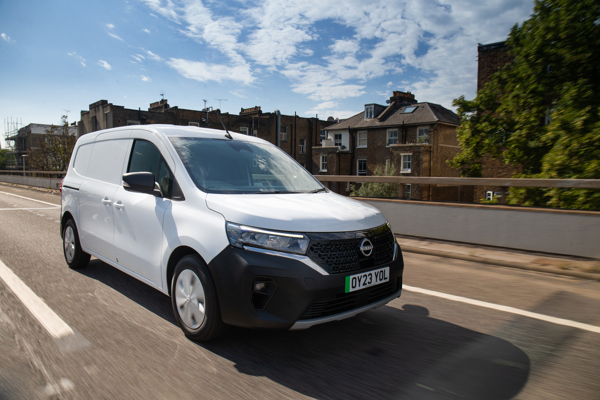
 Diesel
Diesel
 Petrol
Petrol












